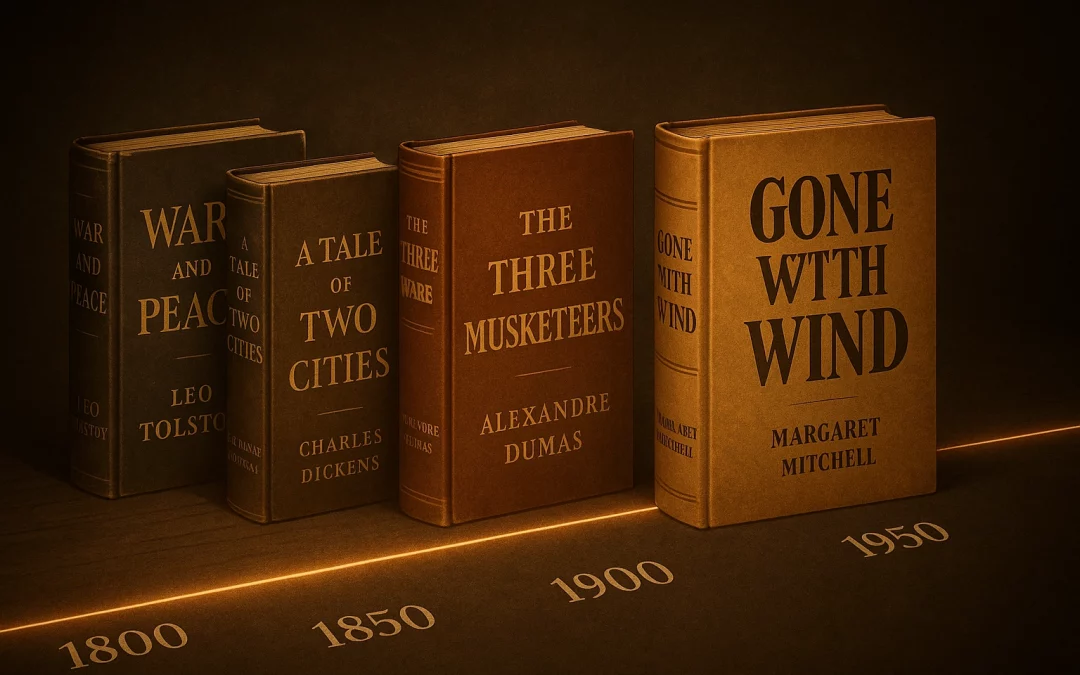Historical fiction transports readers to bygone eras, blending real events with imaginative storytelling.
Below is a curated list of 15 outstanding novels of the genre, five timeless Classics and ten Contemporary Novels, that span different periods and cultures.
From sweeping epics to intimate tales, these books bring the past to life through rich characters, vivid settings, and enduring themes.
Historical Fiction Classics (Pre-1950)
War and Peace (1869) by Leo Tolstoy
An epic of Napoleonic-era Russia, this novel follows several aristocratic families during Napoleon’s 1812 invasion.
Tolstoy intertwines grand historical events with intimate personal stories, chronicling battles and ballrooms alike. The narrative explores how war transforms society and fate shapes the lives of characters like Pierre, Natasha, and Andrei, blending realism with philosophical reflections on history and free will.
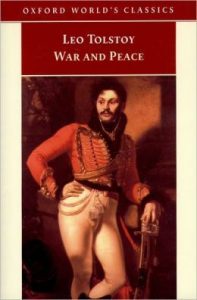
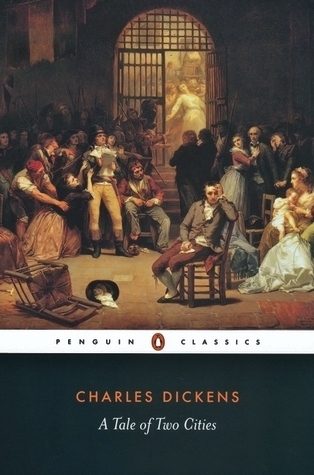
A Tale of Two Cities (1859) by Charles Dickens
Set in London and Paris during the French Revolution, Dickens’s classic centers on a family and those around them caught in the turmoil of the Reign of Terror.
The plot follows Dr. Manette (a former Bastille prisoner), his daughter Lucie, her aristocrat husband Charles Darnay, and the dissolute lawyer Sydney Carton. Through their intertwined fates, the novel explores themes of love, sacrifice, and resurrection amid the violent upheaval of revolution, culminating in an act of heroic self-sacrifice that epitomizes redemption.
The Three Musketeers (1844) by Alexandre Dumas
A swashbuckling historical adventure set in 17th-century France (1625–1628), this novel follows young d’Artagnan as he leaves Gascony to join King Louis XIII’s Musketeers.
He befriends the inseparable trio Athos, Porthos, and Aramis – the three musketeers – and together they foil nefarious plots at court. Dumas’s tale brims with swordfights, romance, and political intrigue (Cardinal Richelieu is a key antagonist), all while celebrating loyalty and heroism. Its fast-paced exploits and camaraderie have made “All for one, and one for all!” an enduring motto of friendship and honor.

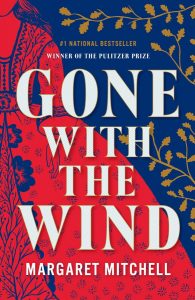
Gone with the Wind (1936) by Margaret Mitchell
A sweeping romantic saga set in Georgia during the American Civil War and Reconstruction.
It follows Scarlett O’Hara – an indomitable Southern belle – as she struggles to survive the war’s devastation and adapt to the tumultuous changes that follow. Through Scarlett’s entangled loves (the genteel Ashley Wilkes and roguish Rhett Butler) and her desperate efforts to save her plantation Tara, the novel portrays the collapse of the Old South. Mitchell provides a Confederate point of view on history, while highlighting Scarlett’s resourcefulness and will to endure in the face of hardship.
I, Claudius (1934) by Robert Graves
Presented as the secret autobiography of Roman Emperor Claudius, this gripping novel is set in 1st-century imperial Rome. Claudius – despised by his family for his stammer and limp – survives the murderous intrigues of the Julio-Claudian dynasty by playing the fool.
He recounts the machinations, poisonings, and power struggles under emperors Augustus, Tiberius, and the mad Caligula, all of which he witnessed from the shadows.
Both a lurid palace drama and a sly political commentary, the story concludes with Claudius unexpectedly becoming emperor. Graves’s portrayal humanizes Claudius as a learned underdog navigating a treacherous royal court, bringing ancient Roman history to vivid (and scandalous) life.
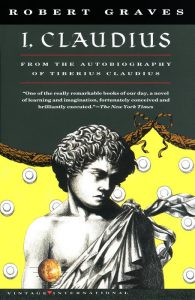
Contemporary Historical Fiction Novels (Post-1950)
The Pillars of the Earth (1989) by Ken Follett
A medieval epic set in 12th-century England during the period of civil war known as The Anarchy. Centered on the decades-long construction of a grand Gothic cathedral in the fictional town of Kingsbridge, the novel interweaves the lives of a master builder, a devoted monk, and a determined noblewoman.
Follett unfolds a rich tapestry of castle sieges, power struggles between church and crown, and the everyday hardships of medieval life. This “spellbinding tale of ambition, anarchy, and absolute power” unfolds against the backdrop of feudal England’s chaos, celebrating the resilience of those who dare to dream beyond their lifetime.
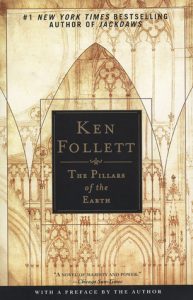

Wolf Hall (2009) by Hilary Mantel
A literary tour-de-force set in Tudor England (1500–1535), this novel reimagines the rise of Thomas Cromwell, the common-born lawyer who becomes King Henry VIII’s chief minister.
Mantel’s narrative, told through Cromwell’s keen eyes, breathes new humanity into a figure often painted as a villain. We witness the tumultuous court politics as Henry seeks to annul his marriage to Katherine of Aragon to marry Anne Boleyn.
Through Cromwell’s maneuvering, the English Reformation and the break from the Catholic Church take shape in the background. Wolf Hall won the Booker Prize for its nuanced portrayal of power: a world of “murky diplomatic intrigue and razor-sharp ambition” where Cromwell’s pragmatism and intellect help him navigate the dangerous currents of Henry’s court.
The Book Thief (2005) by Markus Zusak
A poignant story set in Nazi Germany during World War II, narrated by Death itself. Young Liesel Meminger, a foster girl in a poor Munich suburb, copes with the horrors around her by stealing books and sharing them with others. As her family hides a Jewish man in their basement, Liesel learns about the power of words to sustain hope.
Death’s narration provides a hauntingly compassionate perspective on the era’s atrocities, revealing the lives of ordinary Germans and victims of the Holocaust. By turns heart-wrenching and uplifting, Zusak’s novel highlights the bonds of love and friendship that persist amid wartime suffering, and the magic of storytelling as a form of resistance.

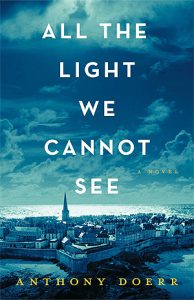
All the Light We Cannot See (2014) by Anthony Doerr
A Pulitzer Prize-winning novel set in occupied France and Germany during WWII. It follows two converging lives: Marie-Laure, a blind French girl in Saint-Malo who flees the Nazi occupation with a precious (and dangerous) jewel from the Museum of Natural History; and Werner, an orphaned German boy whose talent with radios earns him a place in Hitler Youth and, eventually, a role tracking Resistance broadcasts.
Doerr alternates their stories, rich with sensory detail, until they intersect amid the Allied bombing of Saint-Malo in 1944. Lyrically written and deeply humane, the novel illuminates the invisible threads of kindness and courage that connect people in dark times, emphasizing how even in war, “light” (whether hope, love, or knowledge) can endure unseen.
Beloved (1987) by Toni Morrison
A powerful and haunting story set in post–Civil War Ohio (1870s), inspired by a true account. It explores the traumas of slavery through the character of Sethe, an escaped enslaved woman who has settled at 124 Bluestone Road in Cincinnati. Sethe’s home is haunted by an angry ghost – believed to be the spirit of the baby daughter she tragically killed years before to spare the child a life of bondage.
When a mysterious young woman called Beloved appears, Sethe and her teenage daughter Denver confront buried memories of Sweet Home plantation and the horrors they endured. Morrison combines supernatural elements with searing realism to examine how the past invades the present. Beloved delves into motherhood, guilt, and the lasting scars of slavery, ultimately seeking a form of emotional release and reconciliation for its characters.
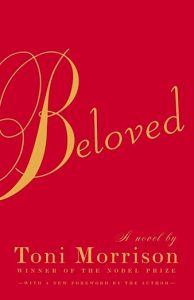
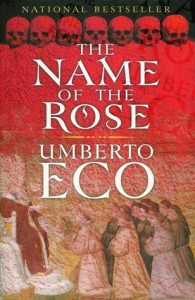
The Name of the Rose (1980) by Umberto Eco
A genre-blending masterpiece: on the surface, a murder mystery in a 14th-century Italian abbey (1327); at heart, a philosophical exploration of medieval religion and knowledge. Franciscan friar William of Baskerville and his young apprentice Adso arrive at a wealthy Benedictine monastery in Northern Italy, only to find it disturbed by a monk’s bizarre death.
As more murders follow, the pair investigates clues that lead them into the monastery’s labyrinthine library, full of forbidden secrets. Eco’s novel is rich with theological debate (the propriety of laughter, the fear of heresy) and historical detail, immersing readers in the scholarly and spiritual conflicts of the Middle Ages.
Equal parts whodunit and intellectual thriller, it challenges the notion of truth in an era when books are rare treasures – some worth killing for.
Shōgun (1975) by James Clavell
A sprawling epic set in feudal Japan around the year 1600, at the end of the Sengoku (Warring States) period. This adventure follows John Blackthorne, an English ship pilot (inspired by the real William Adams) who is shipwrecked in Japan and thrown into an alien culture. Blackthorne is taken under the patronage of Lord Toranaga – a powerful daimyo who seeks to unite Japan and claim the title of Shogun.
As Blackthorne adapts to samurai customs (learning Japanese language, swordsmanship, and the code of honor) he finds himself a pawn in the political chess match between rival warlords and European traders. Clavell’s novel, loosely based on historical events, dramatizes the clash of cultures and religions (Protestant vs. Catholic, European vs. Japanese) that shaped Japan’s transition into the Tokugawa Shogunate.
With its rich cast of samurai, scheming Jesuits, and courageous villagers – plus epic battles and a forbidden romance – Shōgun immerses readers in the pageantry and brutality of early modern Japan.


Memoirs of a Geisha (1997) by Arthur Golden
A captivating fictional memoir set in Japan’s pre-WWII geisha districts. In a voice as elegant as the art it portrays, aging geisha Sayuri recounts her life: from her impoverished childhood in a fishing village in 1929 (as Chiyo Sakamoto) to her sale into a renowned geisha okiya in Gion, Kyoto. Under the tutelage of a strict elder geisha, Chiyo is transformed into the beautiful and accomplished Sayuri. The novel pulls back the curtain on the hidden world of 1930s Kyoto geishas, where a young woman’s virginity can be “auctioned to the highest bidder” and every gesture is carefully orchestrated.
Sayuri navigates jealous rivals (like the vindictive Hatsumomo), finds friendship and mentorship, and yearns for an unattainable love – all while World War II looms, threatening to upend their way of life. Golden’s immersive detail and emotional storytelling offer a rare glimpse into a society of grace, illusion, and cultural tradition, and how one woman’s identity survives amidst upheaval.
Outlander (1991) by Diana Gabaldon
A genre-blending historical romance infused with fantasy, as 20th-century meets 18th-century. In 1946, former combat nurse Claire Randall is visiting the Scottish Highlands when she mysteriously travels back in time to 1743 Scotland.
There, in a land of clan rivalries and Redcoat patrols, Claire is taken in by the Mackenzie clan and encounters Jamie Fraser – a gallant young Highland warrior. Caught between two eras (and two husbands – one in each time), Claire finds love and purpose with Jamie even as the Jacobite rebellion of 1745 looms on the horizon. Gabaldon’s novel vividly depicts daily life in the Scottish Highlands – from castle life at Leoch to bloody skirmishes in the glens – and the deep bonds of clan and family.
With its mix of time-travel adventure and richly researched history, Outlander highlights the collision between modern sensibilities and old-world customs, and celebrates a love “stronger than time” amid war and upheaval.
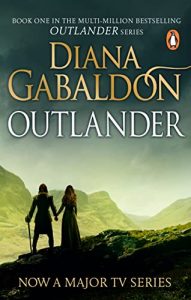
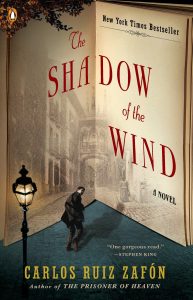
The Shadow of the Wind (2001) by Carlos Ruiz Zafón
A gothic mystery and love letter to literature set in post–Civil War Barcelona (1940s Spain). Young Daniel Sempere, son of an antiquarian bookseller, discovers a rare novel called The Shadow of the Wind in the hidden Cemetery of Forgotten Books.
Enchanted by its story, Daniel tries to find other works by its obscure author, Julián Carax – only to learn someone has been systematically destroying every copy of Carax’s books. As Daniel investigates, he unravels a tragic tale from a generation earlier: Julián’s own star-crossed love and the dark forces that befell him during the Spanish Civil War. Past and present begin to mirror each other as Daniel’s own life (including his first love, Bea) is threatened by a mysterious figure resembling a character from Julián’s novel.
Blending elements of noir thriller, historical fiction, and magical realism, Zafón’s novel celebrates the power of stories and the enduring vitality of books. Its atmospheric portrayal of Barcelona’s foggy alleyways, haunted mansions, and secret libraries creates a spellbinding backdrop for a narrative about friendship, obsession, and the redemptive nature of love and literature.
From revolutions and wars to court intrigues and personal quests, these books have earned their place in the pantheon of historical fiction for their ability to make history feel alive, relevant, and utterly engrossing.

D.P. Martinez is a contemporary fantasy author specialising in urban fantasy and magical realism. He holds an M.A. in English Literature from the University of Greenwich, where he focused on Literary London. His research explored metaphorical representations of London in urban fantasy. He has written hundreds of articles and several books across both fiction and non-fiction.

